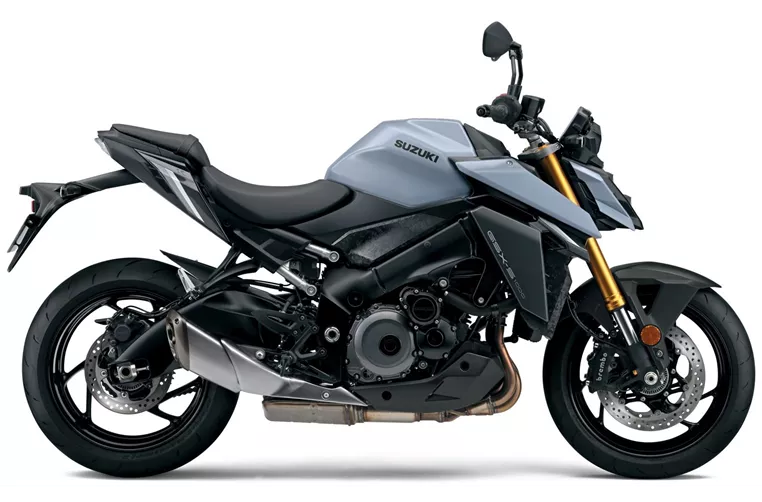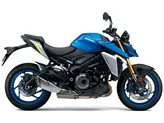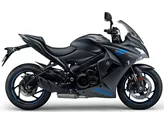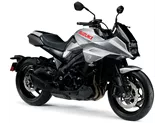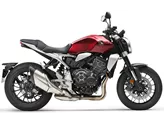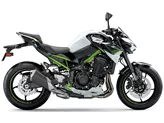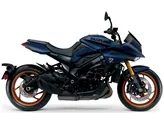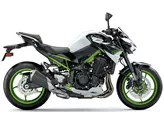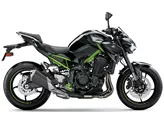Kawasaki Z900 70kW 2020 vs. Suzuki GSX-S1000 2022
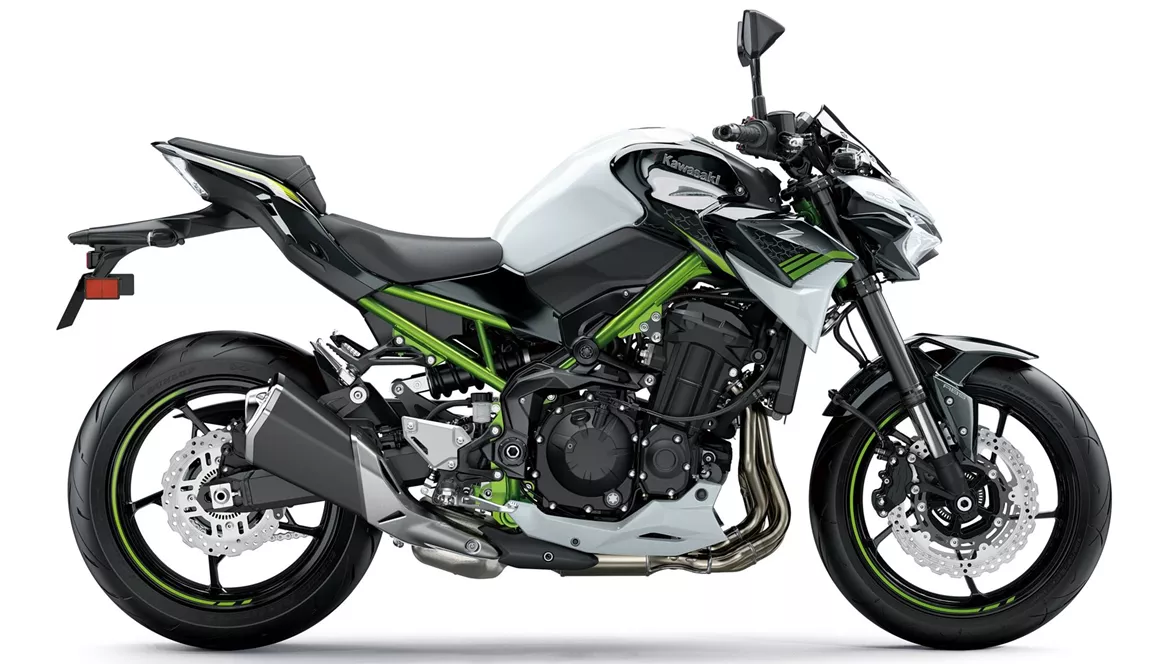
Kawasaki Z900 70kW 2020

Suzuki GSX-S1000 2022
Overview - Kawasaki Z900 70kW 2020 vs Suzuki GSX-S1000 2022
The Kawasaki Z900 70kW model year 2020 and the Suzuki GSX-S1000 model year 2022 are both naked bikes with similar engine types, fuel systems, and cooling systems. However, there are several differences between the two models.
In terms of engine power, the Suzuki GSX-S1000 has a significant advantage with 152 HP compared to the Kawasaki Z900's 95 HP. This higher power output translates to better acceleration and top speed for the Suzuki.
The torque figures also favor the Suzuki, with 106 Nm compared to the Kawasaki's 91.2 Nm. This means that the Suzuki will have better low-end grunt and more effortless overtaking power.
Both bikes have four cylinders and a liquid cooling system, ensuring optimal engine performance and temperature regulation.
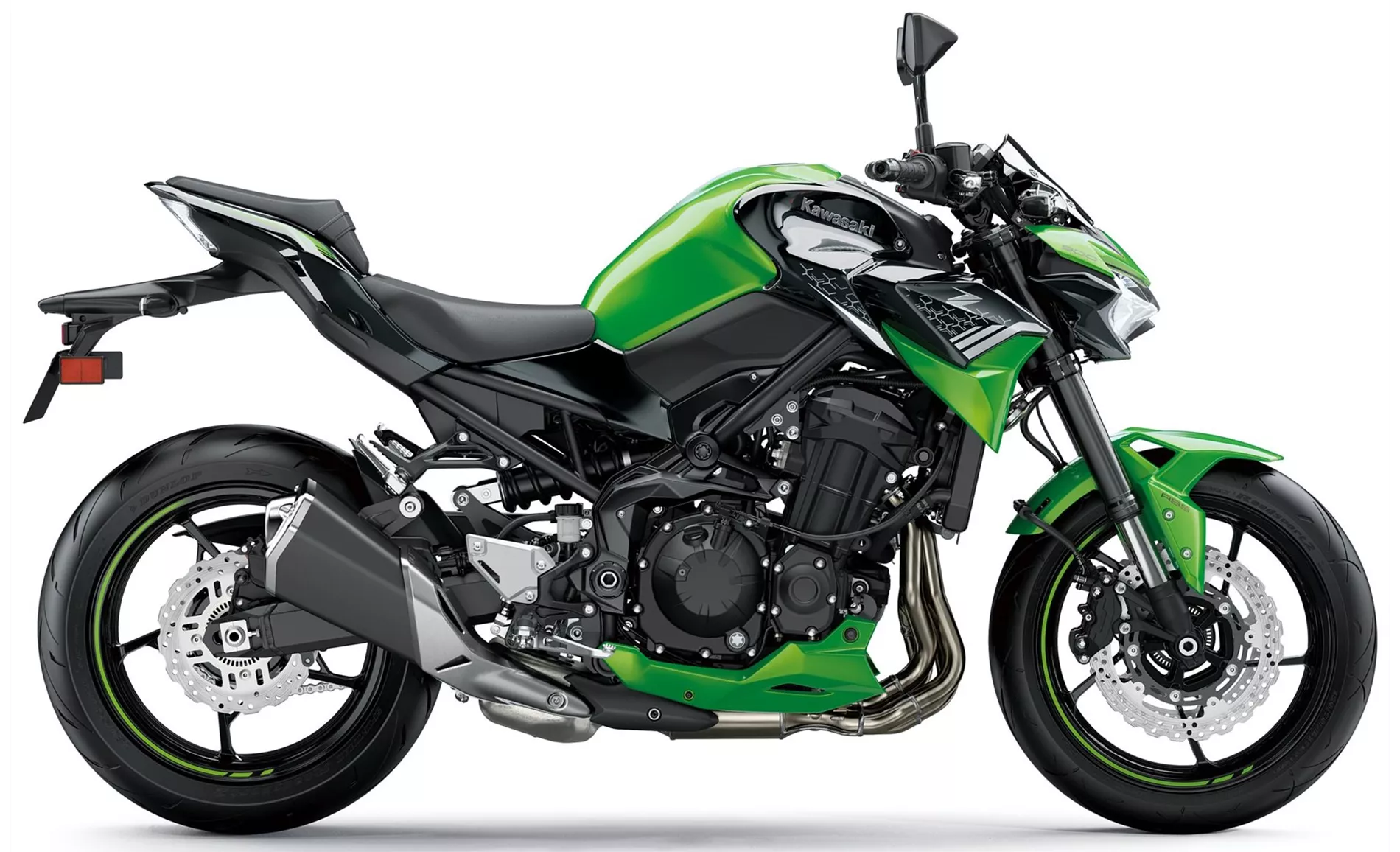
Kawasaki Z900 70kW 2020
In terms of suspension, both bikes feature upside-down telescopic forks at the front and a swing arm with a monoshock at the rear. However, the Suzuki GSX-S1000 offers more adjustability with compression, preload, and rebound adjustments, allowing riders to fine-tune the suspension to their preferences.
The chassis construction differs between the two models, with the Kawasaki Z900 featuring a steel frame and the Suzuki GSX-S1000 sporting an aluminum frame. The aluminum frame on the Suzuki is lighter and potentially offers better handling and maneuverability.
Both bikes have double disc brakes at the front with four-piston calipers, providing excellent stopping power. However, the Suzuki GSX-S1000 has larger brake discs with a diameter of 310 mm compared to the Kawasaki Z900's 300 mm discs. The Suzuki also features radial, monoblock calipers, which offer better brake feel and modulation.
In terms of rider assistance systems, both bikes come equipped with ABS, riding modes, and ride-by-wire throttle systems. The Suzuki GSX-S1000 goes a step further with the inclusion of a shift assistant with a blipper, allowing for seamless upshifts and downshifts without the need for clutch operation.
Both bikes have similar dimensions and weights, with the Suzuki GSX-S1000 being slightly heavier at 214 kg compared to the Kawasaki Z900's 210 kg. The wheelbase and seat height are also similar, with the Suzuki having a slightly longer wheelbase and higher seat height.
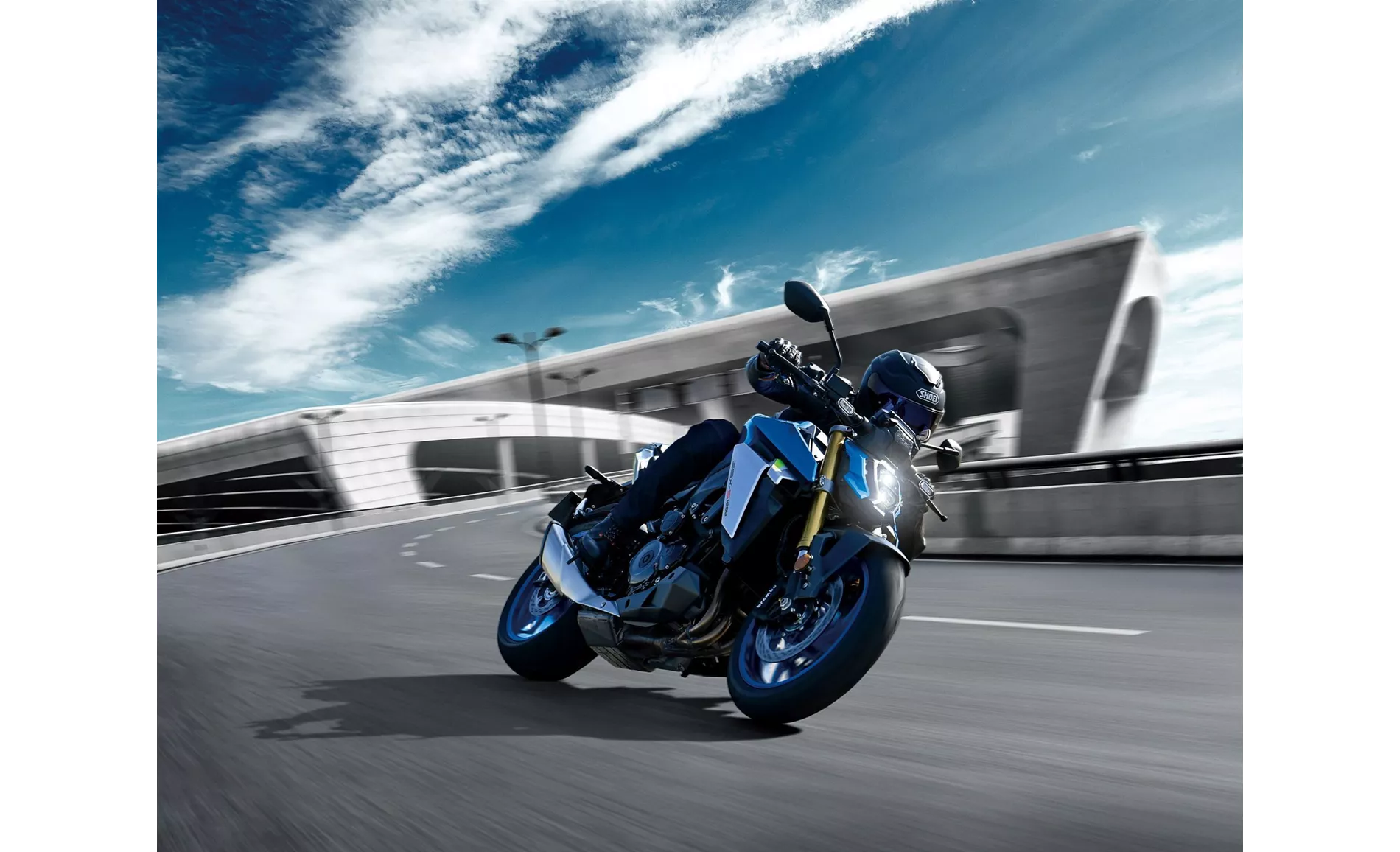
Suzuki GSX-S1000 2022
In terms of equipment, both bikes come with LED daytime running lights and LED headlights. The Kawasaki Z900 also features a TFT display, providing a modern and customizable instrument cluster.
In terms of strengths, the Kawasaki Z900 offers enough power for most riders, excellent handling, good equipment, an aggressive look, and value for money. On the other hand, the Suzuki GSX-S1000 boasts a superior engine, an excellent shift assistant with a blipper, balanced handling, a bold design, a comfortable seating position, and a very competitive price.
However, the Kawasaki Z900 does have a couple of weaknesses, including a somewhat tiring menu navigation and the absence of a quickshifter option. The Suzuki GSX-S1000's weaknesses include a less comprehensive electronics package, the lack of a 6-axis IMU and cornering ABS, slightly antiquated instruments on the handlebars, and a display that may not be particularly easy to read.
Overall, both the Kawasaki Z900 70kW 2020 and the Suzuki GSX-S1000 2022 are capable naked bikes with their own strengths and weaknesses. The choice between the two will ultimately depend on the rider's priorities and preferences.
Technical Specifications Kawasaki Z900 70kW 2020 compared to Suzuki GSX-S1000 2022
Pros and Cons in comparison
Pros and Cons in comparison
Kawasaki Z900 70kW 2020
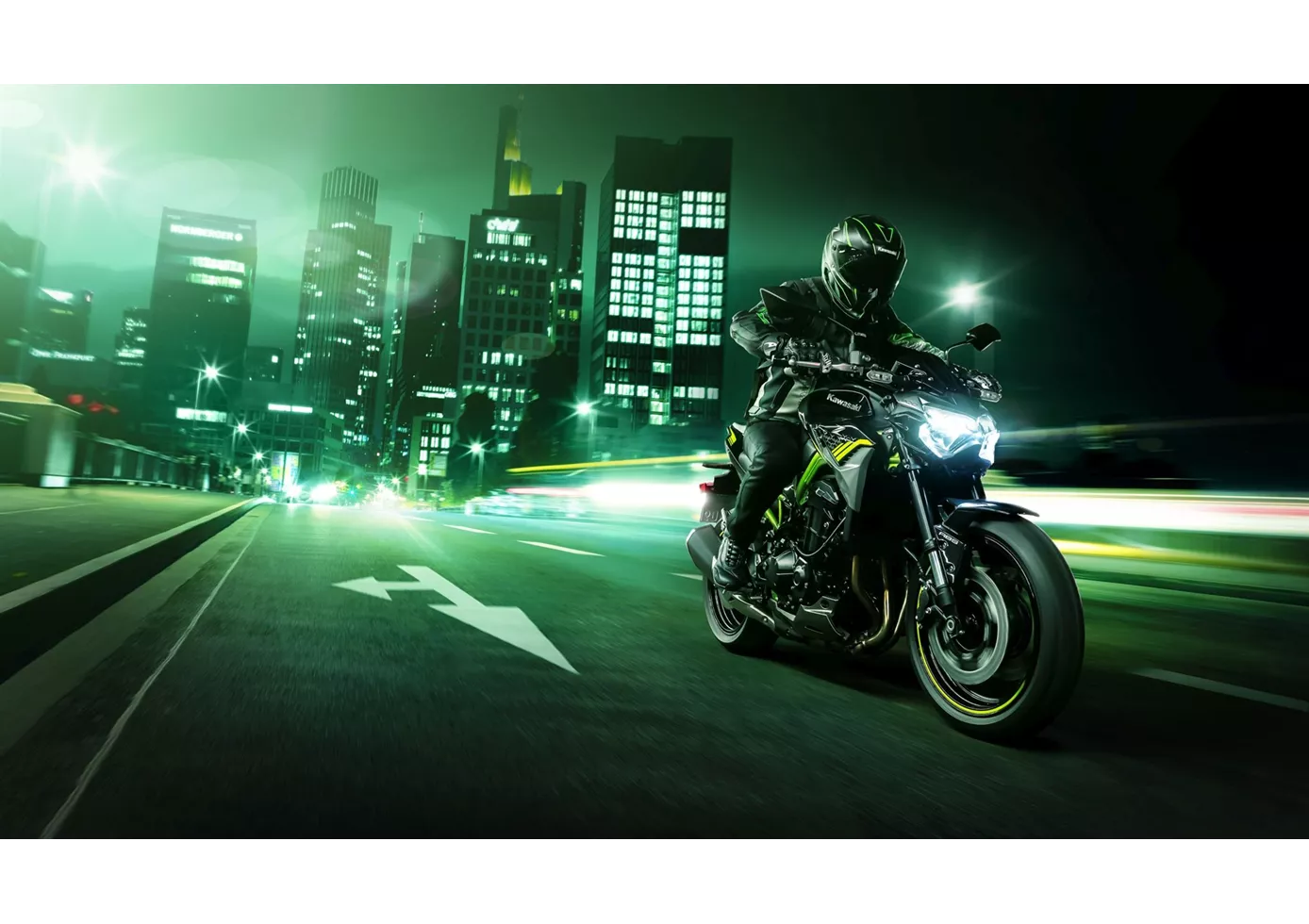
Whether you ride it with 70 kW, or in a further throttled 35 kW version: The Kawasaki Z900 is on a par with its open version - just with less power. That's why you can also be happy about the great handling and the updated electronics package for 2020. There's also good news about the engine. Even with 95 hp, the Kawa pulls tight on the chain and will give pleasure for many seasons! A bike you can grow with!
Suzuki GSX-S1000 2022
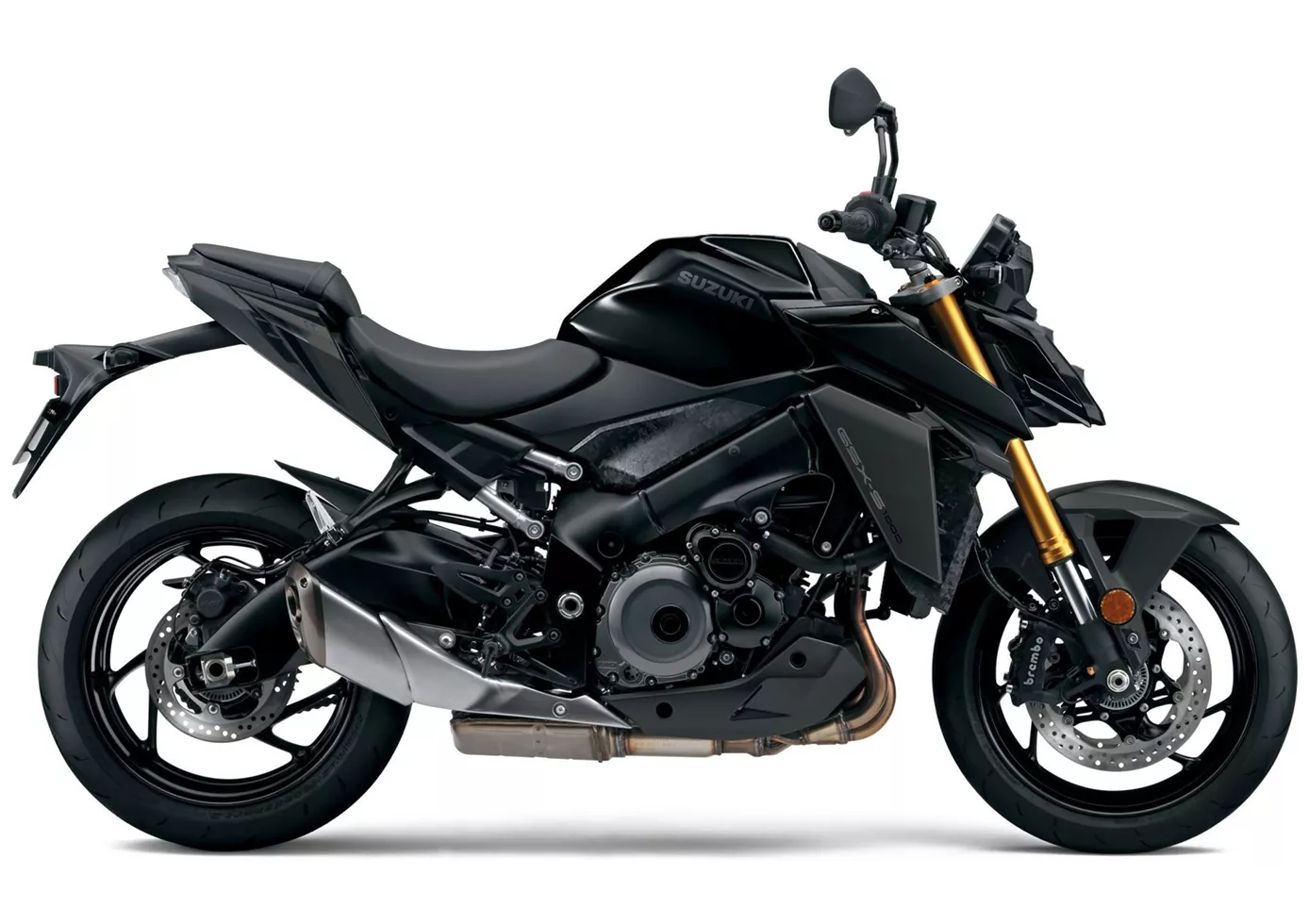
The new GSX-S1000 is an old acquaintance in terms of basic design - the engine and chassis are still from the predecessor. However, the machine has been modernised in many areas and presents itself at an extremely high level, especially visually. Although the engine cannot compete in the league of the super-potent Hyper Nakeds, it functions very harmoniously and powerfully enough. The conventional chassis also strikes a successful compromise between sportiness and comfort. The hammer arguments are definitely the successful design, the standard quickshifter with blipper and, last but not least, the comparatively low price.
Price Comparison Avarage Market Price Kawasaki Z900 70kW vs Suzuki GSX-S1000
There are a few key differences between a Kawasaki Z900 70kW 2020 and a Suzuki GSX-S1000 2022. In terms of price, the actual average price of a Suzuki GSX-S1000 2022 is about 45% higher. Compared to Suzuki GSX-S1000 2022 there are less Kawasaki Z900 70kW 2020 bikes available on the 1000PS.de Marketplace, specifically 5 compared to 28. It takes less time to sell a Suzuki GSX-S1000 with 130 days compared to 197 days for the Kawasaki Z900 70kW. Since model year 2018 1000PS.de editors have written 10 reviews for the Kawasaki Z900 70kW and 36 reviews for the Suzuki GSX-S1000 since model year 2015. The first review for the Kawasaki Z900 70kW was published on 23/11/2018 and now has more than 104,300 views. This compares to more than 17,100 views for the first review on Suzuki GSX-S1000 published on 27/09/2014.

